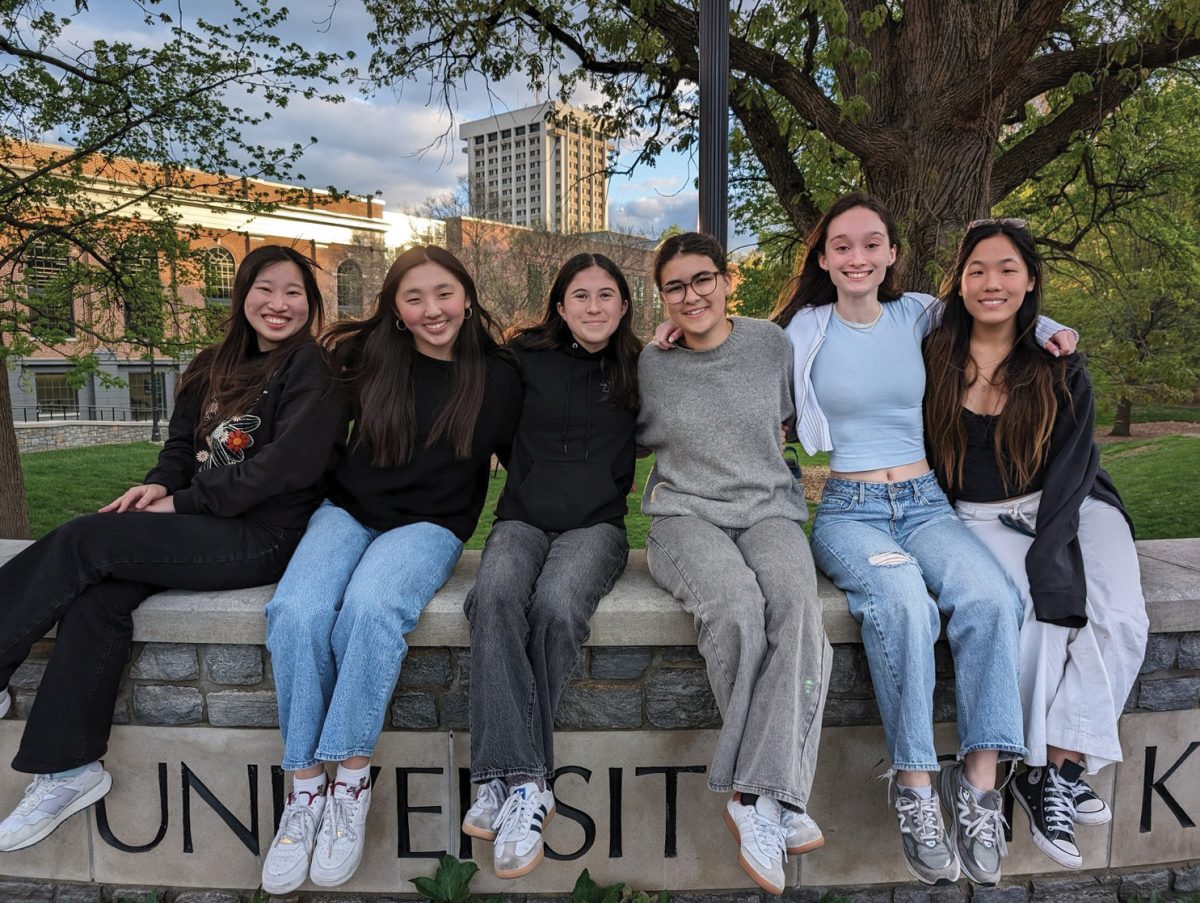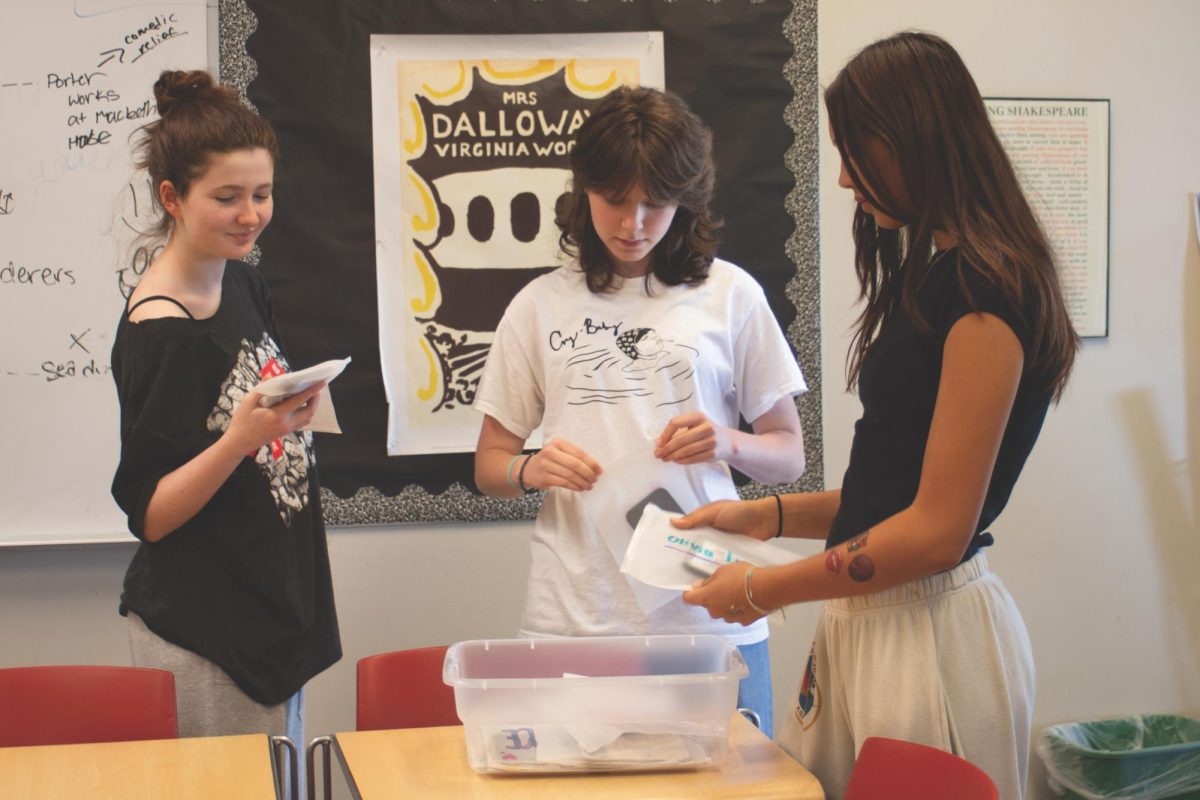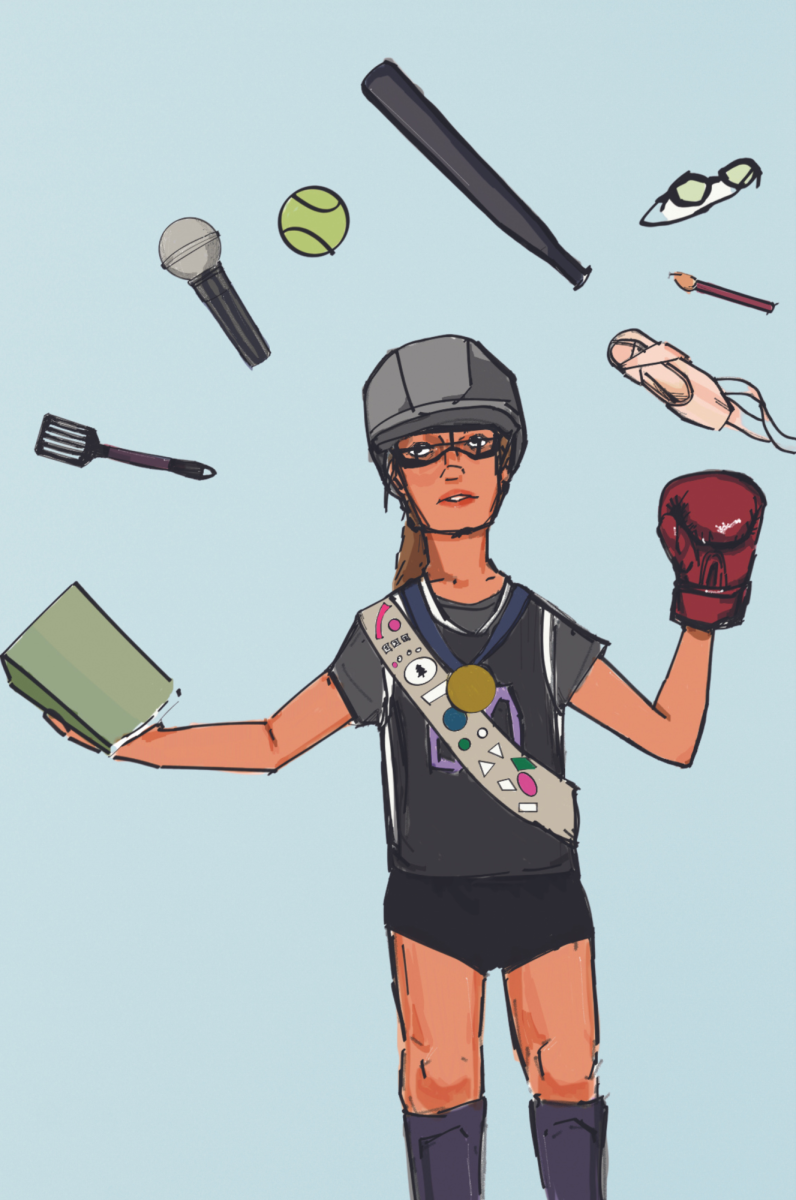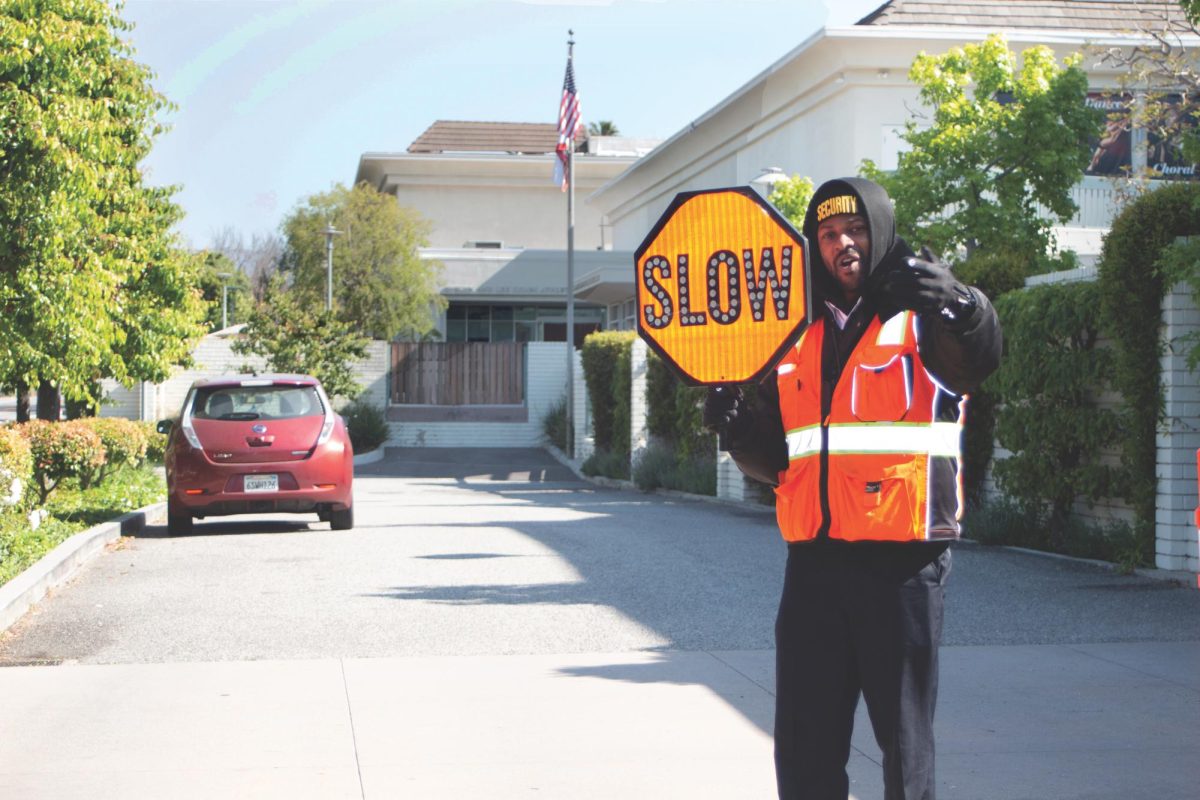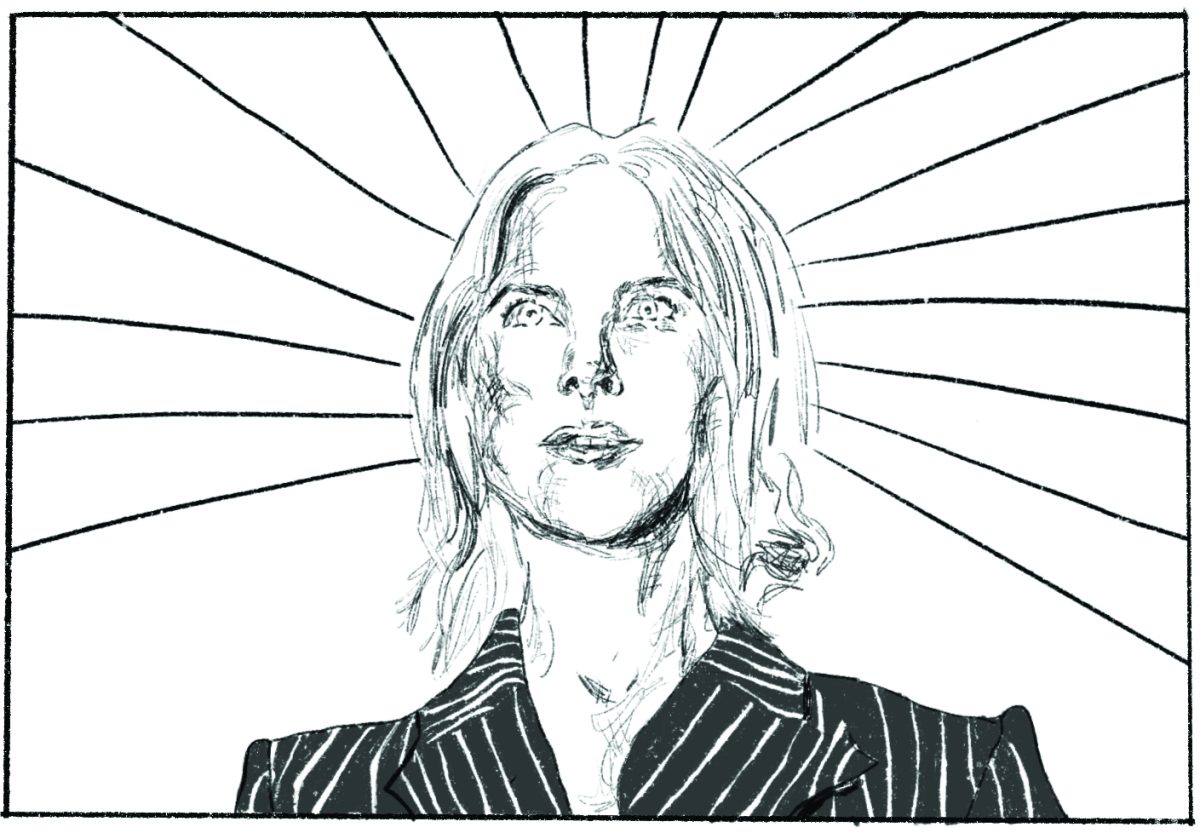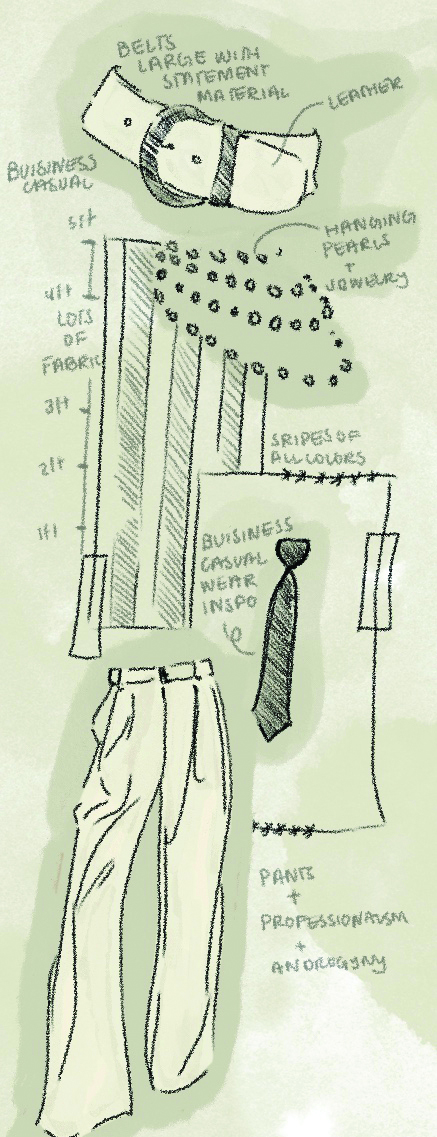
For me and for basically every other senior (and many of you juniors) at Marlborough, college has been on the brain. We are researching schools, writing essays, and calculating our GPAs over and over again just to make sure it didn’t magically change overnight. This is all in the pursuit of presenting our best possible selves to the colleges we are applying to. While we are so focused on doing our best, one important question often goes unasked: what if colleges aren’t doing their best? Many of the most prestigious universities in the country have some serious issues when it comes to diversity, and also have some problematic spending habits. Specifically, I’m going to be discussing Ivy League schools, but the problems are apparent at a variety of institutions. After you read this article my hope is that you, a future or current college applicant, go and scrutinize your college list a little more. Look for some of the more problematic aspects of the universities rather than just looking at how likely it will be to get a job after or how good the food is.
Diversity is one of the most obvious issues that academia has. Anyone applying to college probably knows the stats. Most of the Ivy Leagues have fairly similar racial makeups. Cornell is considered to be the most diverse Ivy; the class of 2020 has a racial makeup of 38% White, 15.3% Asian, 8.13% Latino and 4.49% African American, according to Data USA (the second largest category was non-residential alien at 30.2% though there wasn’t a racial makeup description of international students). The diversity stats are even more troubling when you look at professors. Yale has the most diverse staff, with only 66% white staff members. Dartmouth, on the other hand, has the worst staff diversity rate, with roughly 82% of total faculty and 85% of tenured professors being white. These numbers don’t reflect the diversity of our country. African Americans make up 13.4% of the population, yet they make up less than 10% and often less than 5% of the population of students going to Ivy League schools. The Ivy Leagues and other similarly prestigious universities are often looked at as setting their students up for success; when the students attending these schools are primarily white students being taught by a primarily white staff, this makes it more likely that white people will succeed. This is perpetuating the system of white supremacy in our country.
The diversity of students, staff and curriculum isn’t the Ivy League’s only issue. These universities tend to have vast amounts of money in the form of endowments. Harvard has the largest endowment of all of the Ivies, with a whopping $40.9 billion. According to the university’s 2019 financial report, $5.2 billion was spent on their annual operating budget or, in other words, the amount of money they use in a school year. A good portion of this budget goes to paying salaries and financial aid. About 35% of the operating budget goes to investments, however, meaning that Harvard is spending money so that they can continue to grow their endowment through investment returns, on top of the tuition fees and donations that they already receive. And this is working, as Harvard’s endowment has been increasing every year, allowing them to sit on piles and piles of money. Some of their investments could be considered quite problematic, including the fossil fuel industry and the prison industrial complex. Instead of investing in those problematic industries, they could be helping a lot more financially insecure students with their tuition, but they aren’t choosing to do so. Rather, the billions of dollars which increase every year wait to be used for construction projects and things of that sort rather than on educating students from more diverse backgrounds. This is just a surface-level analysis; Harvard only makes up $40 billion of the $140 billion that all the Ivies have collectively accumulated; although other Ivy Leagues have smaller endowments, they are just as problematic in their spending. The Iviess are educating many leaders of the future, the people who will shape our world. However, they are much more focused on growing their endowments than on funding a more diverse group of people to shape our future. This should be turning more people, especially social justice-oriented people, away from them at higher rates.
The point of listing off all of these facts is to show that the places many of us high school students hope to attend are perpetuating issues we appear to be vehemently opposed to (at least according to my Instagram feed). I do recognize that these places offer the beginning of a successful future for many of us, and that can be difficult to reconcile. My suggestion for all college applicants is that we reconsider whether the places we are applying to are actually aligned with our values. If they aren’t, maybe they shouldn’t be where we dream of going. Don’t simply research dorms, class sizes, and internships. Look into diversity rates and university spending as well. If the universities will scrutinize everything about you, then you have the responsibility to scrutinize them just as much. An application is an expression of support, and if these institutions continue to get the same amount of support from applicants then they will never have to change.


